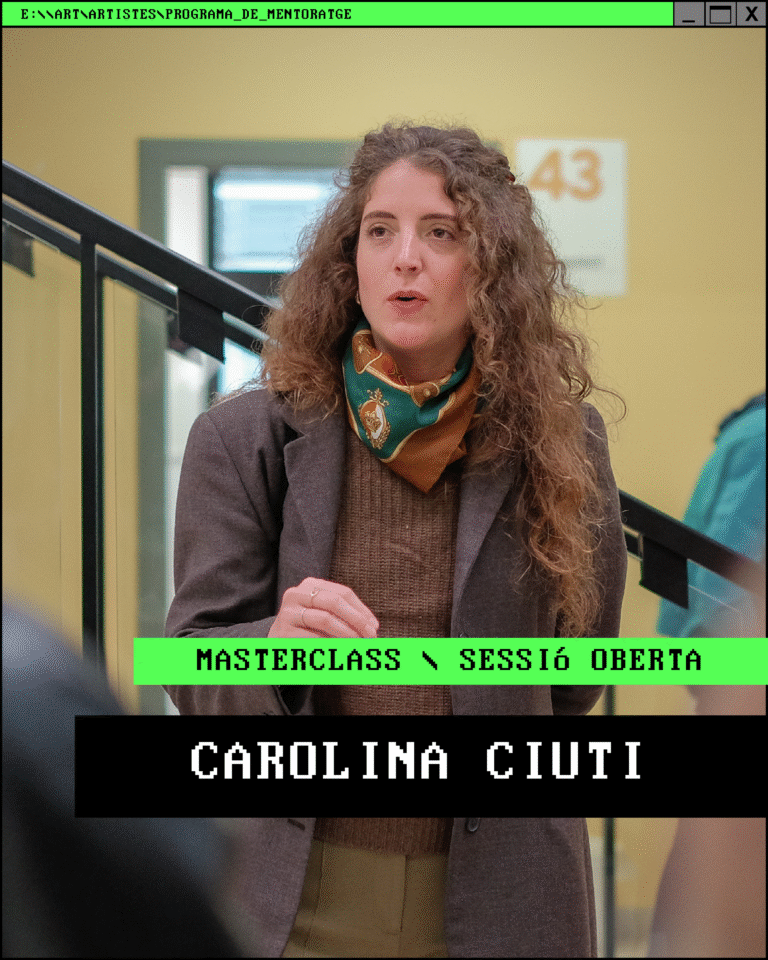Rémy et Dumoncel. Antonio Ortega
Antonio Ortega obsessively paints the same picture, invariably executed on small-format canvases and featuring two pink stones that appear in a somewhat indistinct landscape. Antonio
Ortega points out that his intention is to suspend opinion and thought. Ortega is keen to make it clear that the apparent paradox of trying to capture silence through traditional landscape painting (with numerous traces of clumsiness) is not an exercise in naturalistic representation. Therefore, it is not by chance that the stones are painted with a magenta base—a colour that does not exist naturally since it was developed chemically at the end of the 19th century—nor the insistence on flat horizons that could refer us, indistinctly, to a landscape or a still life, a field or a table. The result are sullen paintings that resist company. The artist says his paintings are like yew trees that shed their toxic leaves to prevent anyone from approaching them. It has been said that Antonio Ortega’s oeuvre invokes John Cage’s *Lecture on Nothing*, according to which nihilism becomes positive and, additionally, nothing speaks within his canvases, neither figure nor color: nothing. We differ, since in the field of painting we could say that the responsibility of representing nothingness has fallen to the white monochrome, and we have to agree that monochromatic paintings, from their meta-artistic condition, have leaned more towards categorical positions and affirmations while, in his paintings, Antonio questions the idea of representation from a personal point of view, revealing the impossibility of explaining himself better. Thus, his work is not a silent painting; it is an aphonic painting. Being aphonic implies emitting, with great effort, a faint sound that, moreover, contains all the nuances of normal speech encoded. In the same way, Antonio Ortega’s paintings are not the representation of nothing, but the result of not being able to explain everything.
With the aim of reformulating the idea of interpretation, Antonio Ortega refers us to his latest published book, *La lección de Johanna van Gogh* [*The Lesson of Johanna van Gogh*]. Convinced that painting has the capacity to touch emotionally, he considers that interpretation and, by extension, the narrative supporting an artwork, surpasses the relationship built between the artist, the artwork and the public, and is substantiated by a choral, partial and fragmented structure in which the emotions the artwork can generate encourage an accomplice, radical or sensual story. It is within this framework, therefore, that we must understand Antonio Ortega’s obsession with a subject matter he describes as “a failed attempt to summarize the concept of demagogy”, in which demagogy appears as a rhetorical figure.





